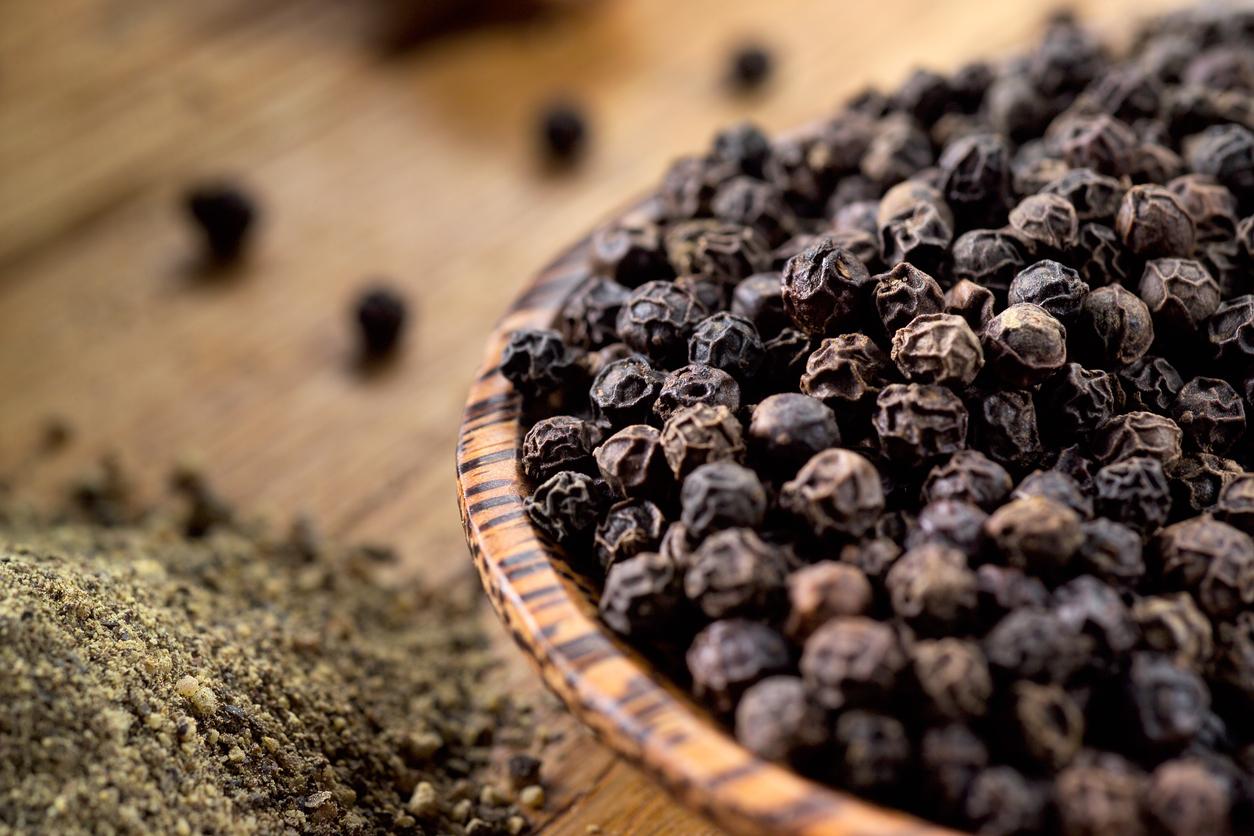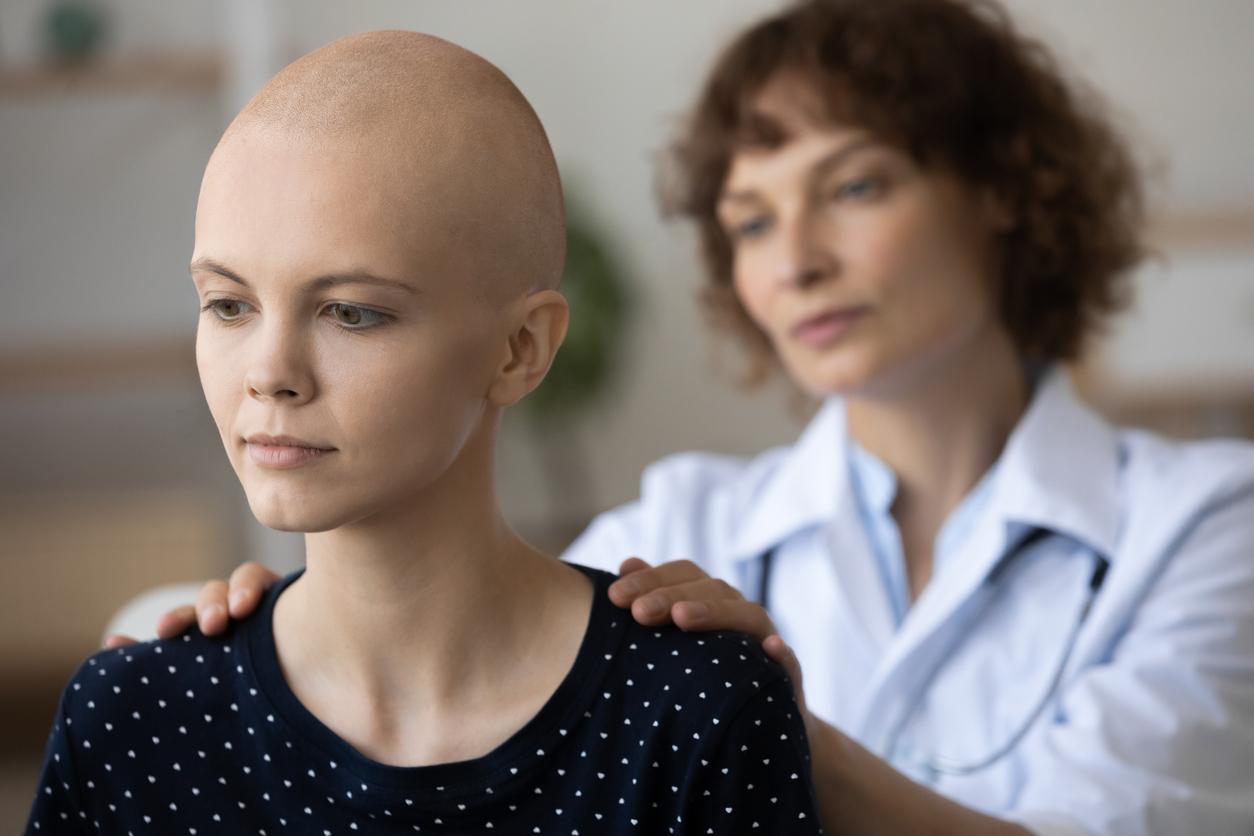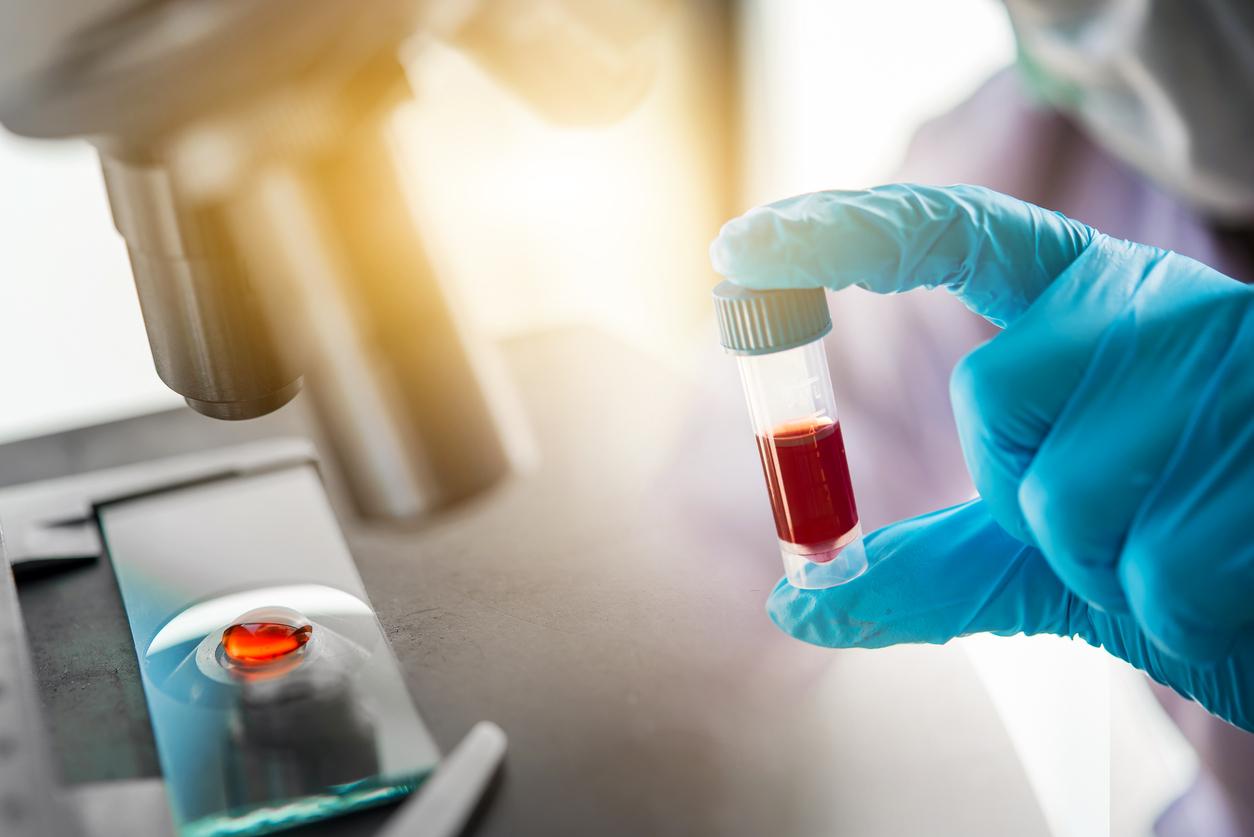Pancreatic cancer is often silent, and therefore detected too late. This was the case for Bertrand-Kamal, candidate for the season from Koh Lanta whose final is broadcast on December 4. The adventurer died on September 9 of the disease, to pay tribute to him and to advance research against this cancer, the production teamed up with the ARC Foundation to launch a fund to fund research excellence on the subject. As much in the detection, in the understanding as in the therapy, the approach around pancreatic cancer must advance.
From December 4, it is possible to donate via internet on the site of the ARC Foundation and by SMS (for a donation of 5 euros) by sending DONATION to 9 21 22. No fees will be charged on donations made.
What is the pancreas used for, and how does it get sick?
The pancreas is an organ of the digestive system whose function is to help digest food by secreting enzymes to the intestine. It also has the role of secreting hormones, including insulin and glucagon, which regulate the level of glucose in the blood. It is for this reason in particular that a system of “artificial pancreas” has been set up for patients suffering from type 2 diabetes. When pancreatic cancer occurs, it is explained by the uncontrolled multiplication of cells. that form a malignant tumor.
Who is affected by pancreatic cancer?
In most cases, the sick are over 50 years old. This cancer does not affect men or women more (in 2018, 7301 and 6883 respectively). According to the latest figures from the French Society of Gastroenterology, pancreatic cancer is more and more frequent in France. There were 6,000 new cases in 2006, 12,000 in 2012 and 14,000 more recently. It is the third leading cause of cancer death, after lung cancer and colorectal cancer.
What are the risk factors for the pancreas?
There are certain risk factors, such as obesity, smoking or diabetes. 20% to 30% of pancreatic cancer cases occur in a smoker (or ex-smoker). Hereditary conditions, such as chronic pancreatitis or Peutz-Jeghers disease, Lynch disease and von Hippel-Lindau disease tend to increase the risk. A genetic mutation in CDKN2A is also associated with pancreatic cancer.
But these elements are not enough to explain why cancer has exploded in recent years. Scientists are interested in another track around our lifestyles, which have undergone a turning point since 1980. We eat more processed foods containing additives, lots of carbohydrates and fat.
Pesticides and heavy metals are also singled out, such as cadmium. Dietary zinc in certain foods could also play a role.
What signs can alert?
From digestive symptoms may arouse doubt: repetitive nausea and vomiting, loss of appetite and weight, greasy, bulky and pale stools, diarrhea or constipation, bloating. Others, such as fatigue, yellowing of the skin and eyes, pain in the upper abdomen or even fevers may be the signal to go for a consultation.
How is pancreatic cancer detected and treated?
As the organ is deeply buried in the digestive system, it is difficult to see via an ultrasound. CT and MRI are more suitable for detecting it. Then an endoscopic ultrasound is done to get a closer look at the condition of the pancreas and a biopsy to confirm the diagnosis.
Half of pancreatic cancer cases (50%) are discovered too late: at the metastatic stage. Only 30% of cases are detected at the local stage. This second case is much easier to deal with. The most often adopted approach is that of surgery, the diseased part of the organ is removed. But many contraindications can slow down the operation such as heart disease, lung disease, kidney disease or cirrhosis of the liver. Chemotherapy is also an option.
Currently, pancreatic cancer is very poorly treated. This is in part because it is often spotted too late. The average survival 5 years after diagnosis is 5%. If the tumor could be completely removed, the odds drop to 20%.
Read also:
- Against pancreatic cancer, a new drug cocktail soon?
- What is chronic pancreatitis?


















